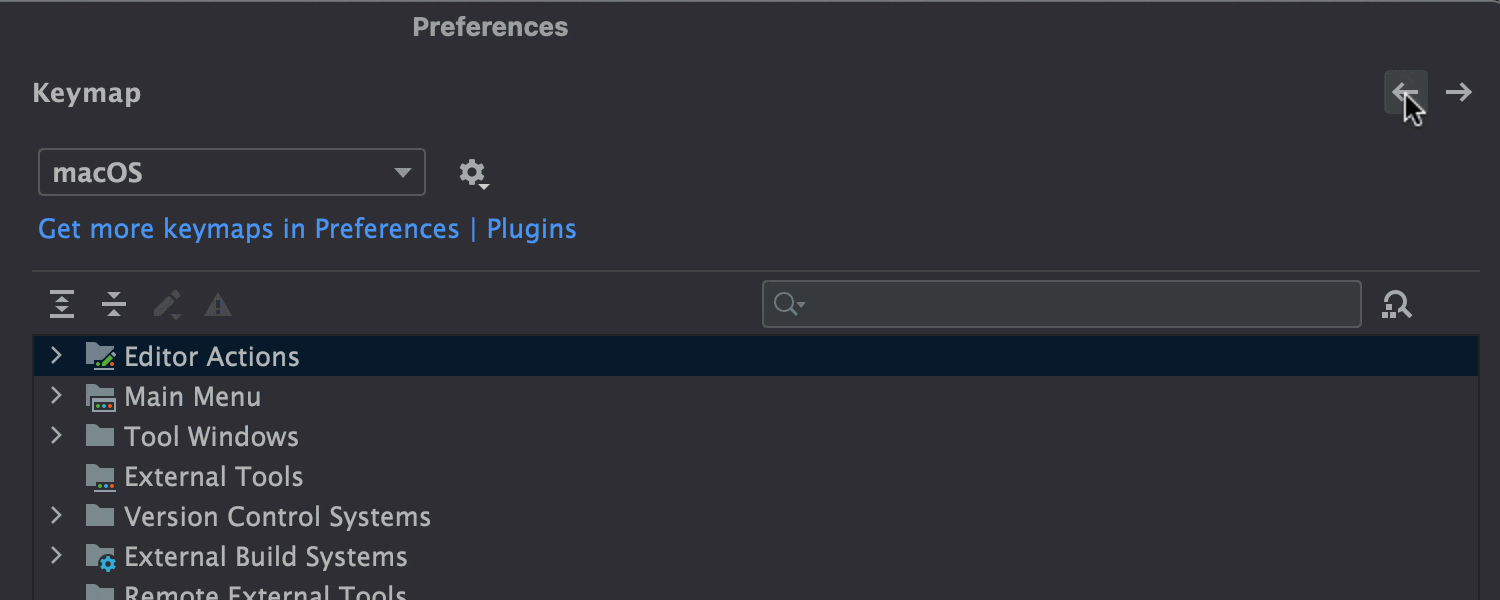

- #GET ADVANCED OPTIONS FOR INSTALLING THE JAVA IDE IN ECLIPSE ON MAC INSTALL#
- #GET ADVANCED OPTIONS FOR INSTALLING THE JAVA IDE IN ECLIPSE ON MAC SOFTWARE#
- #GET ADVANCED OPTIONS FOR INSTALLING THE JAVA IDE IN ECLIPSE ON MAC DOWNLOAD#
- #GET ADVANCED OPTIONS FOR INSTALLING THE JAVA IDE IN ECLIPSE ON MAC MAC#
- #GET ADVANCED OPTIONS FOR INSTALLING THE JAVA IDE IN ECLIPSE ON MAC WINDOWS#
(The exact characters in the name don’t matter much.) Click the Next > button, not the Finish button. Generally, you will use a separate project for each exercise/lab/assignment/project in this course.Ĭreate your first project by clicking the down-arrow next to the leftmost icon in the toolbar (it’s a window with a + in the corner). That’s fine go ahead and update.Įclipse should now be running. You may get a warning about updating the workspace. Eclipse makes it so that you can easily pick up where you left off. metadata though make sure cs113 is selected.Ī workspace is a folder and settings that you will use for every exercise, assignment, and project in this course. If that’s what you see, you’re in the right place. metadata (with some other folders within). On Windows, it will look like the only thing in the folder is.

On a Mac, it will look like the only thing in the folder is acm.zip. and navigate to the cs113 folder you unpacked from the cs113.zip file in step 3. You will be asked to “Select a directory as workspace”.You can use these to launch Eclipse in the future.
#GET ADVANCED OPTIONS FOR INSTALLING THE JAVA IDE IN ECLIPSE ON MAC WINDOWS#
Windows users, by default, get a shortcut to Eclipse on their desktop and in the Start menu. You can then use the icon to launch Eclipse in the future.
#GET ADVANCED OPTIONS FOR INSTALLING THE JAVA IDE IN ECLIPSE ON MAC MAC#
Mac users will want to right-click the Eclipse icon in the dock (a purple circle with horizontal bars), go to Options and Keep in Dock. At the end of installation, click the green Launch button. Choose the macOS link from the topmost set of downloads.įollow the directions in the installer, choosing the “Eclipse IDE for Java Developers” when given a menu of choices.
#GET ADVANCED OPTIONS FOR INSTALLING THE JAVA IDE IN ECLIPSE ON MAC DOWNLOAD#
You may also need to download the macOS version of Java from this page (and no other). If you are told to download a “legacy” Java at this point (with a More Info. Mac users: Many have had trouble with Java versions. Either way, run the installer.Įclipse is an integrated development environment (IDE) that will make Java programming much easier than it would be otherwise. On a Mac, you get a compressed file you will have to double-click to expand Windows users just get the installer exe directly. metadata folder contains convenient settings for Eclipse, the main program we will use to write Java code.ĭownload Eclipse by clicking the main download button on this page and following the instructions. You don’t need to see it to be able to proceed.) The acm.jar file contains a graphics and animation library we will be using this semester, and the. metadata folder, as it’s hidden by default. (macOS and Linux users may not be able to see the. Inside the cs113 folder should be two items: an acm.jar file and a. You may wish to consider keeping it in a backed-up location, like a OneDrive folder or a Dropbox folder. This cs113 folder is where all your coursework will end up. Drag the cs113 “folder” out from the cs113.zip window that appears to expand the folder. This isn’t really a folder – it’s just something stored in the cs113.zip file.

On Windows: Double-clicking the file should reveal a cs113 folder inside. On a Mac: Double-click the cs113.zip file. (Please, don’t just put it on your desktop!) Don’t leave it there – put it somewhere you won’t lose it. On many computers, it will end up in your Downloads folder.

These instructions also have you show hidden files/folders, which I have found more necessary on Windows than on Mac.ĭownload cs113.zip to a convenient spot where you wish to store your coursework. Previous versions: See the “long way” instructions here. MacOS Sierra (v10.12): In any Finder window, press Cmd-Shift. metadata folder we’ll be encountering soon): If you also want to see hidden files (useful, but not strictly necessary, for the. In the Advanced tab, choose to Show all filename extensions. Go to the Finder menu and choose Preferences. On a Mac: Make sure you’re in the Finder app (e.g., click on your desktop).
#GET ADVANCED OPTIONS FOR INSTALLING THE JAVA IDE IN ECLIPSE ON MAC INSTALL#
But before we can do that fun stuff, we have to install the software. Most of the time, you’ll be working with a partner/group to solve problems. This lab is not typical of labs in this course.
#GET ADVANCED OPTIONS FOR INSTALLING THE JAVA IDE IN ECLIPSE ON MAC SOFTWARE#
The bulk of this lab is in installing Eclipse and the ACM library, the software we will use to program in Java all semester.


 0 kommentar(er)
0 kommentar(er)
